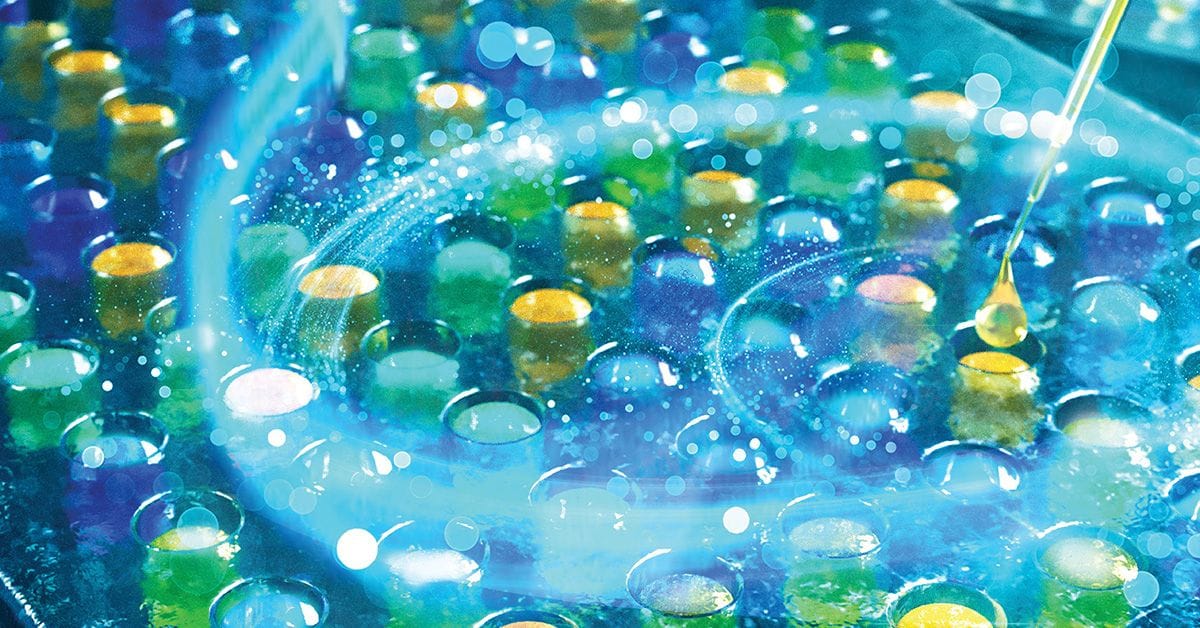Respiratory infections are common in children, and there is a need for simple and non-invasive collection methods. Analytical Chemistry reports on the first in-human study using a lollipop-inspired saliva collection device.

Each of us are likely to come down with a respiratory infection at some point every year, with the average person experiencing 3–5 annual infections ranging from the common cold to more serious cases of pneumonia or tuberculosis. Respiratory infections are caused by a range of bacteria, fungi, and viruses (including, of course, the now infamous SARS-CoV-2), and their detection and diagnosis can be difficult—but it is important to know which organisms are responsible for more serious infections and successfully track their spread within populations.
Children are more frequently affected by respiratory diseases than adults, and it can oftentimes be especially difficult to take a clinical sample in younger patients. Enter CandyCollect, a saliva-collection device that is user-friendly for both children and adults—and one that is much less likely to induce a fight-or-flight response upon hearing "say 'ahh!'"
The device, developed by a team at the University of Washington, United States, contains isomalt candy mounted on a polystyrene stick with a microfluidic channel to accumulate saliva and bacteria. The device has been designed to collect Streptococcus pyogenes for the diagnosis of group A streptococcus pharyngitis—commonly known as strep throat. Compared to a pharyngeal swab coupled with bacterial culture, using CandyCollect plus qPCR analysis is less invasive and was the preferred sampling method among participants. Furthermore, CandyCollect was able to capture both S. mutans and S. aureus from the healthy volunteers—two bacteria that exist in the microbiome of healthy hosts in the absence of disease.
This study joins several others, also published in Analytical Chemistry, that have recently reported on new methods for biosensing. Interest is growing in non-invasive technology to monitor physiological parameters, as demonstrated in our recent coverage of how tongue depressors are getting a makeover. Additionally, mouthguards and face coverings are also being explored for non-invasive saliva biomarker monitoring. The mouthguards could pave the way for non-invasive glucose-monitoring for people with diabetes, and biosensing strips in face coverings could help to develop surveillance tools for airborne diseases.

Smart Tongue Depressors and More: New Discoveries in Biosensing
One device of notable interest is the pacifier biosensor, which is the first chemical wearable sensor of its kind for newborn monitoring. Having a portable and noninvasive sensor for babies is especially crucial since these tiny patients cannot provide feedback about discomfort or health complaints. The researchers observed that the infant’s mouth movements on the pacifier resulted in efficient saliva pumping and promoted unidirectional flow from the mouth to an electrochemical chamber containing an enzymatic biosensor, allowing real-time health monitoring of various metabolites.
These new biosensors have the potential to be easily incorporated into diagnostic assays at the point of care, both during clinic visits and via telemedicine. Future work will look to extend the capabilities of these non-invasive devices to viruses, mycobacteria, and fungal pathogens.

